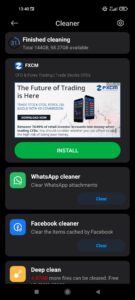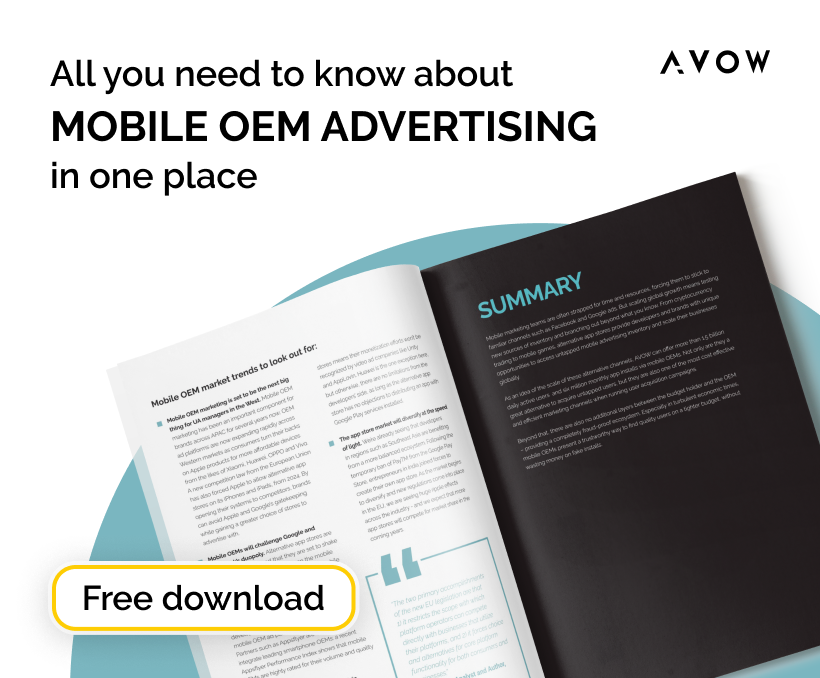Mobile OEM (Original Equipment Manufacturer) advertising is a rapidly growing sector in the world of digital advertising. Essentially, mobile OEM advertising refers to ads that are delivered on mobile devices directly through the OEM. Instead of traditional mobile advertising which relies on apps or web browsing sessions through providers like GAFA, OEM advertising is more integrated, leveraging the device’s native functionalities and interfaces. Let’s explore some of the more novel ad formats in this space.
 Notification Ads
Notification Ads
Definition: Ads delivered as notifications to the user.
Benefits: Ensures immediate visibility as users tend to check notifications promptly.
Considerations: Excessive or irrelevant notifications can irritate users and may lead them to disable such features or even switch brands.
 Search Ads
Search Ads
Definition: Devices come preinstalled with on device search functionality, which also extends into the mobile OEM owned app stores. Advertisers can place ads within these search results.
Benefits: Targets users actively searching, thus increasing the relevance of ads.
Considerations: Relevancy is key. If ads appear irrelevant to a user’s search query, it might negatively impact their experience.
 Settings & Recommendation Ads
Settings & Recommendation Ads
Definition: Ads or app recommendations that appear within a device’s settings or as suggestions during particular actions (e.g., when setting up the phone).
Benefits: Can guide new users to download or interact with particular services.
Considerations: Should be contextual and not overwhelm or confuse users.
 In-app Ads within OEM Native Apps
In-app Ads within OEM Native Apps
Definition: Many OEMs have their suite of apps (e.g., gallery, music player). These apps can host in-app ads.
Benefits: Utilizes existing mobile ad formats within a controlled environment.
Considerations: Ad placements should not disrupt the primary functionality of the app.
 Folder-based Ads
Folder-based Ads
Definition: Some OEMs use themed folders (e.g., “Games” or “Shopping”) that come with a few pre-installed apps and recommendations. Advertisers can pay for a slot here.
Benefits: Categorizes the ad based on interests, making it more targeted.
Considerations: The folder theme and contents should match and be relevant to the user’s interests.
As mobile OEM advertising continues to grow, it’s essential to strike a balance between innovation and user experience. The formats highlighted above provide brands with numerous avenues to connect with their target audience directly. However, these are but a sampling of the ad formats on offer. To learn more about the most popular ad formats available with mobile OEMs, come check out our guide which covers everything you need to know about mobile OEM advertising and alternative app stores. Always remember that these advertisements should add value, or at the very least, not detract from a user’s mobile experience, for your mobile OEM ad campaign to be a success.
 Notification Ads
Notification Ads Search Ads
Search Ads Settings & Recommendation Ads
Settings & Recommendation Ads In-app Ads within OEM Native Apps
In-app Ads within OEM Native Apps Folder-based Ads
Folder-based Ads